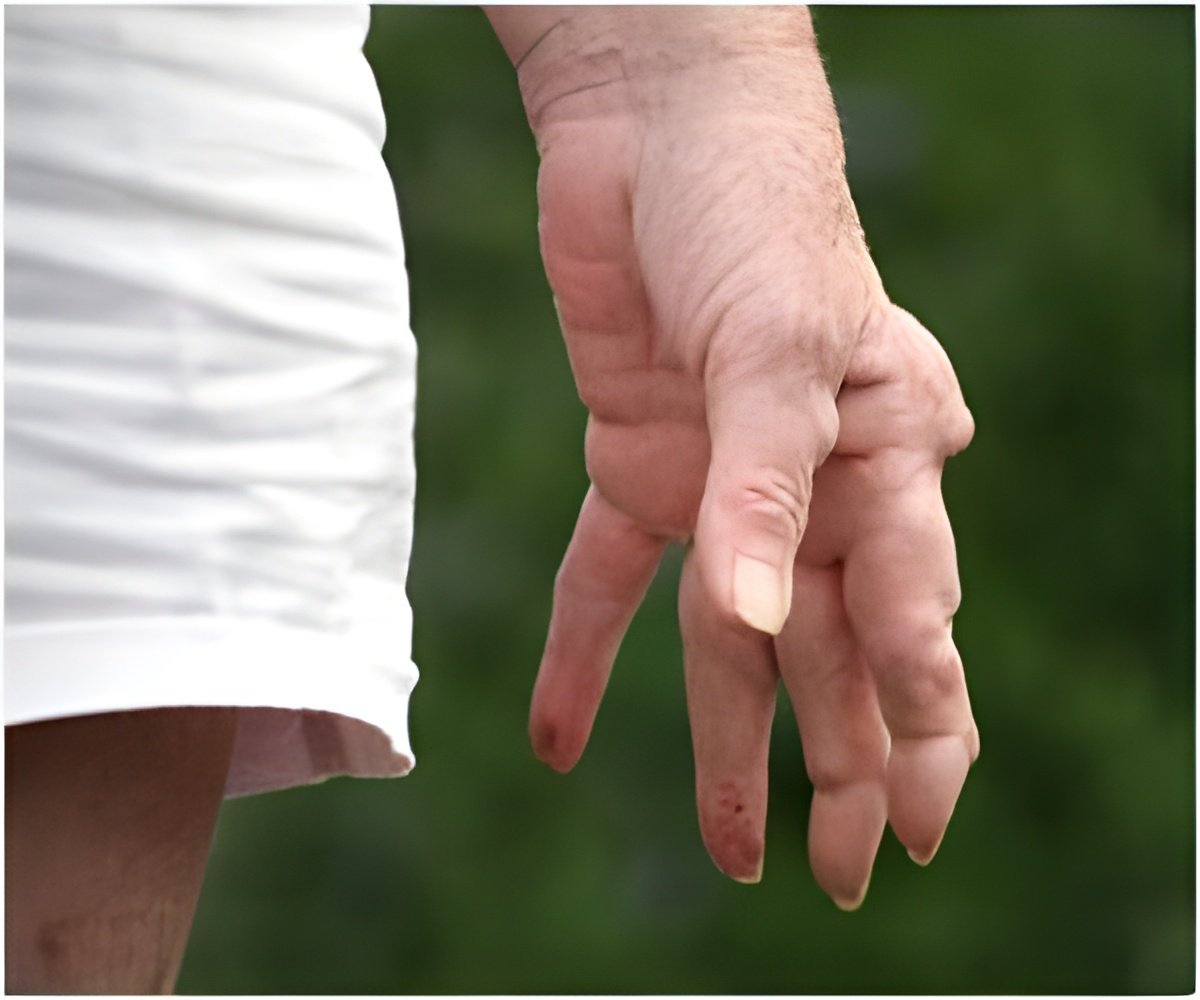An existing drug powerful against Entamoeba histolytica, the parasite, which causes amebic dysentery, and liver abscesses and results in the death of more than 70,000 people worldwide per year.

The study was led by Sharon L. Reed, MD, professor in the UCSD Departments of Pathology and Medicine and James McKerrow, MD, PhD, professor of Pathology in the UCSF Sandler Center for Drug Discovery.
Entamoeba histolytica is a protozoan intestinal parasite that causes human amebiasis, the world's fourth leading cause of death from protozoan parasites. It is listed by the National Institutes of Health as a category B priority biodefense pathogen. Current treatment relies on metronidazole, which has adverse effects, and potential resistance to the drug is an increasing concern.
"Because auranofin has already been approved by the FDA for use in humans, we can save years of expensive development. In our studies in animal models, auranofin was ten times more potent against this parasite than metronidazole," said Reed.
In a mouse model of amebic colitis and a hamster model of amebic liver abscess, the drug markedly decreased the number of parasites, damage from inflammation, and size of liver abscesses.
"This new use of an old drug represents a promising therapy for a major health threat, and highlights how research funded by the National Institutes of Health can benefit people around the world," said Reed.
Advertisement
The results of the work will be published in the May 20, 2012 issue of Nature Medicine.
Advertisement












